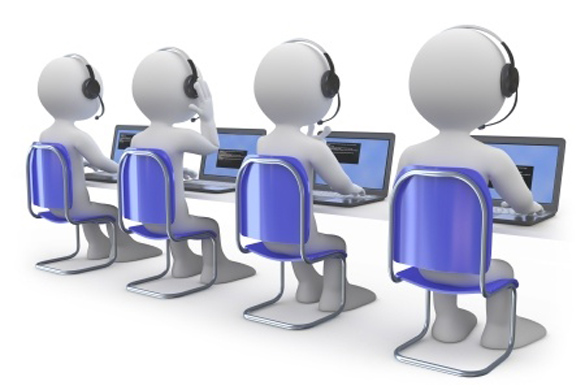As discussed earlier, IVR is a technology that allows users to obtain information from a phone system without the assistance of an operator. On the other hand, ACD technology automatically routes calls to phone agents based upon organizational rules.

ACD stands for automatic call distributor or automated call distribution system. It is a device or system that distributes incoming calls to a specific group of terminals or agents based on the customer’s selection, customer’s telephone number, selected incoming line to the system, or time of day the call was processed. In most cases it is a part of a computer telephony integration (CTI) system.

ACD system is meant for routing incoming calls which employs a routing strategy that determines how the calls are handled inside a system. This strategy is a rule-based set of instructions based on an algorithm that determines the best available employee or employees to respond to a given incoming call. Additional data are solicited and reviewed to find out the customers’ requirements and help make a match accordingly.

Integration of ACD and IVR technology:
After IVR and call distribution integration the system works as follows:
i) ACD system uses the DNIS (Dialed Number) to check the necessary rules for processing a call on the number as soon as it receives a call.
ii) Further an associated IVR program is invoked by the ACD.
iii) The IVR client process then invokes a server process on the application server and starts a two-way communication with the respective IVR Server.
iv) An IVR program controls the flow of the IVR script by prompting the caller and requesting key input or directing the caller to another ACD call routing path, extension, or voice mail.
v) The respective IVR program can perform customer information lookup, transaction processing or initiate outbound calls and prompt the called individual with the same messages and accept phone key input from this individual as well. Hence, the caller and called individual can be connected.




























































































